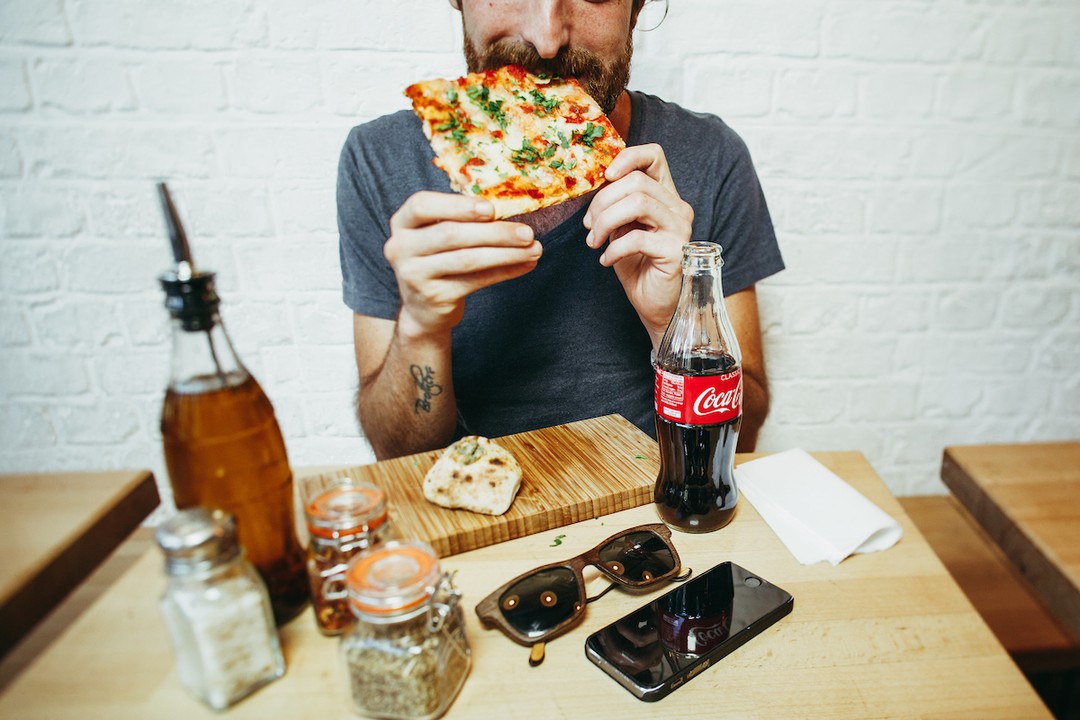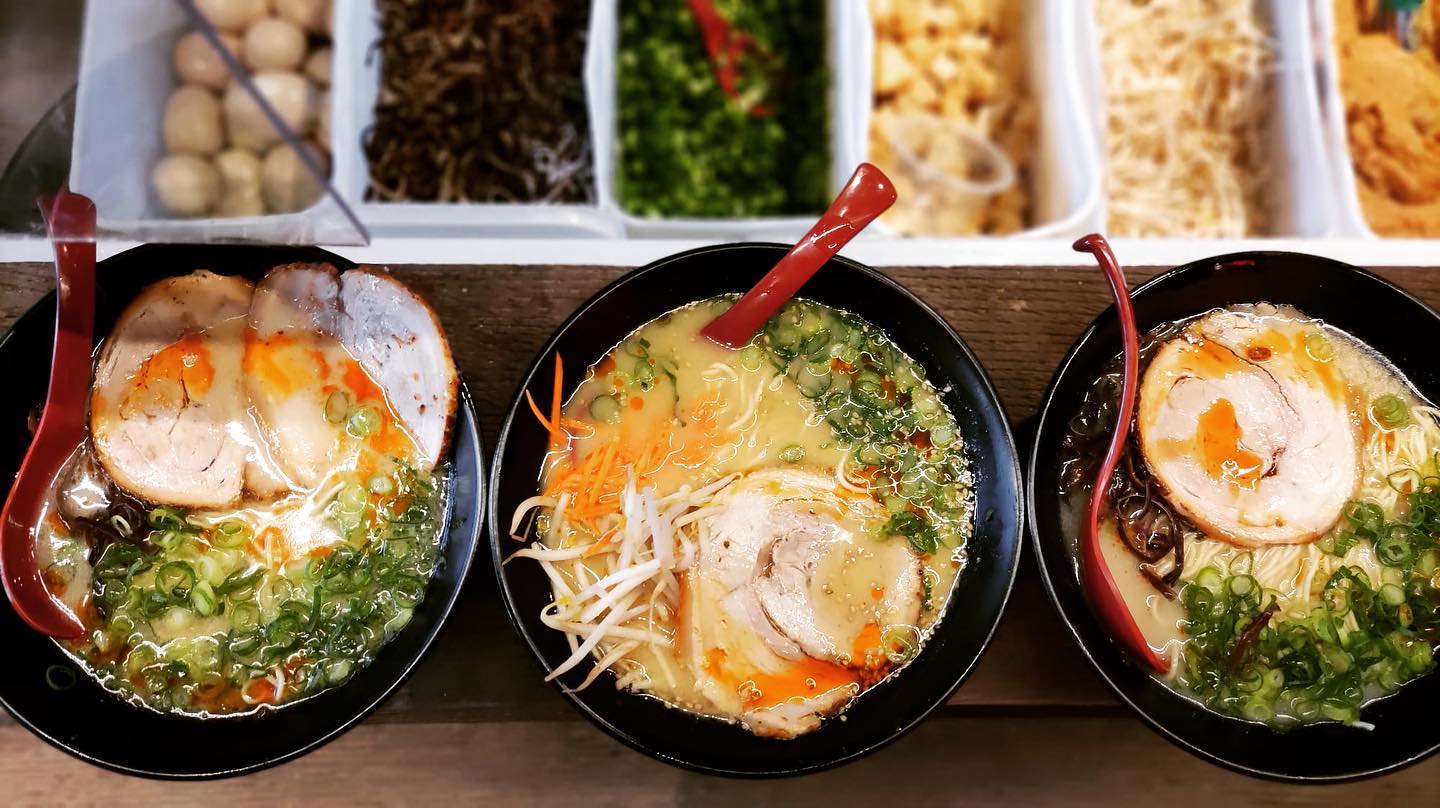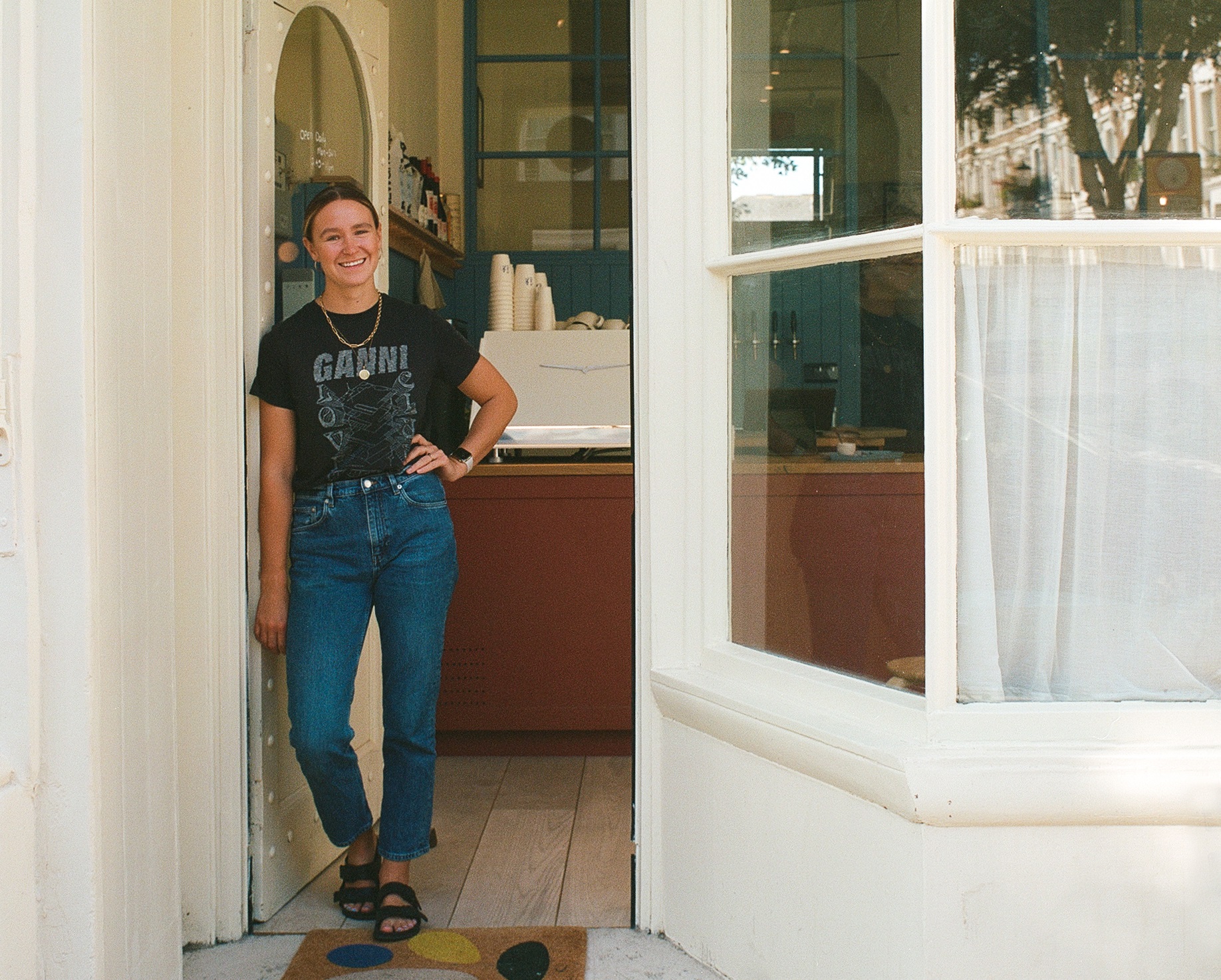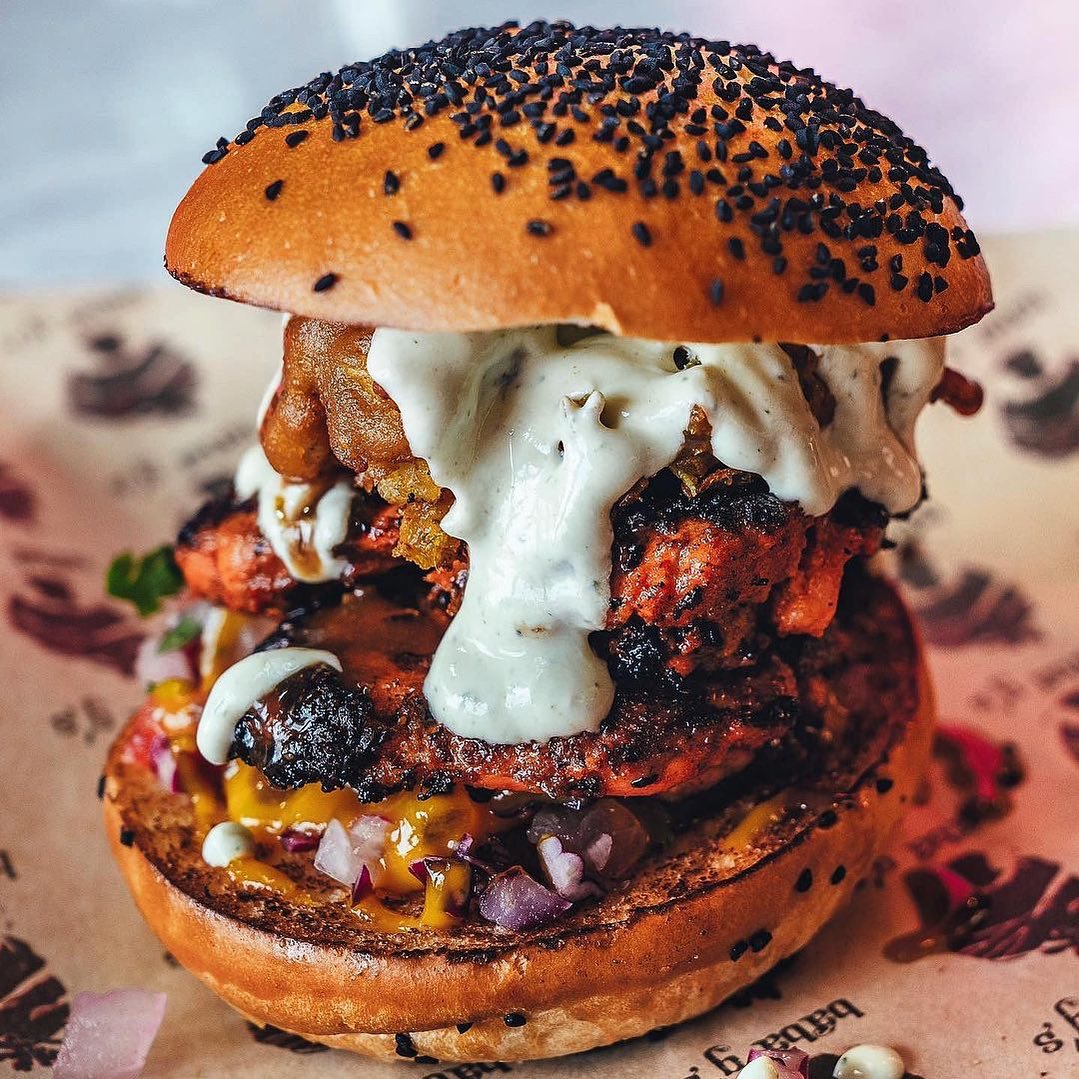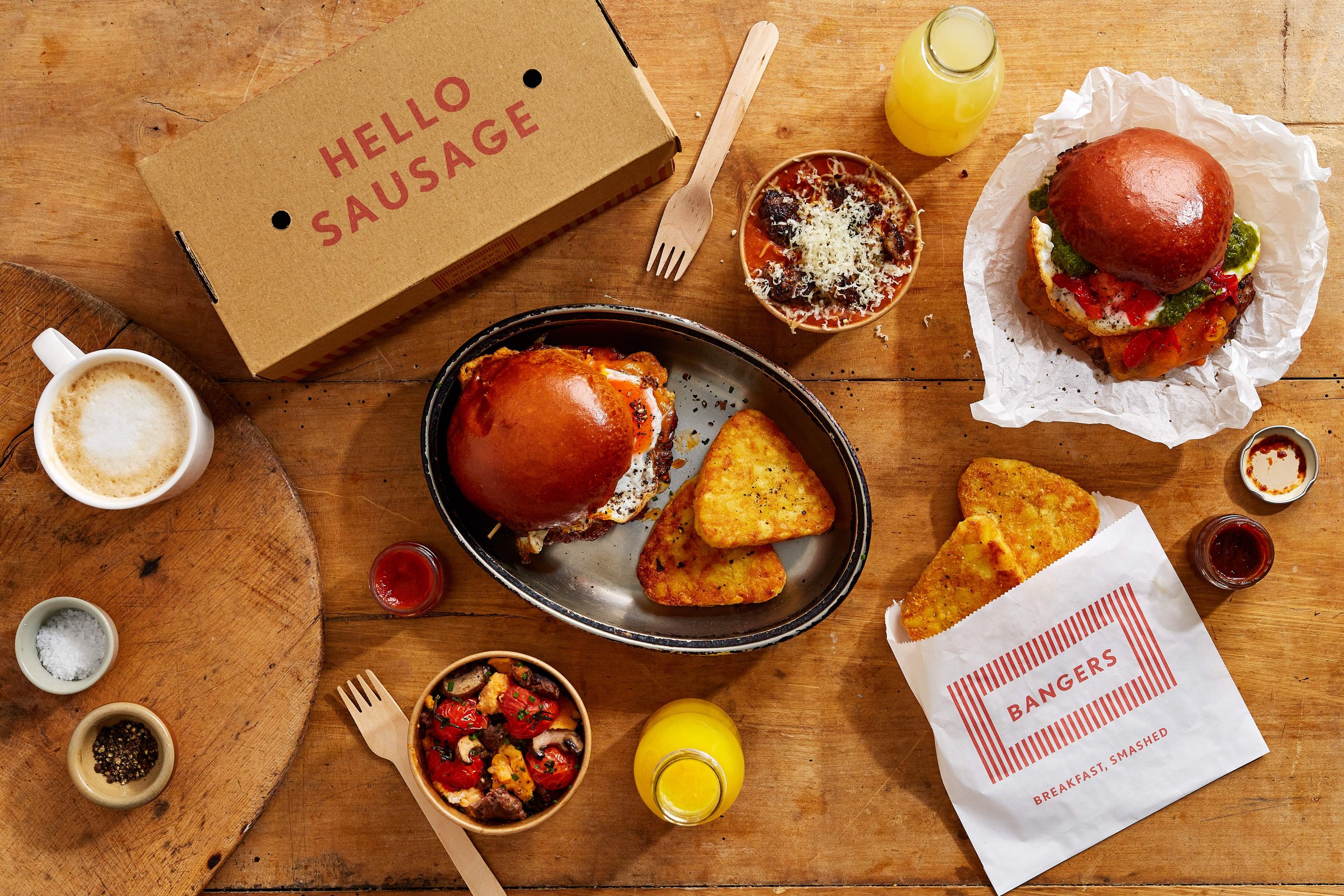Back in 2012, we saw the creation of some of the first businesses solely devoted to delivering “meal kits”, such as Hello Fresh and Gousto, designed for the busy lives of working people without the time, energy or inspiration to cook tasty and nutritious meals every night of the week. Whether it was a convenient fix after a long day of work and commuting, of looking after children, or simply because it was more cost-effective, home meal kits were born out of a lack of time.
You’ve probably made the connection already, but it’s amazing to see how during a national lockdown, pre-prepared home meal kits have received renewed attention as our lives collectively slowed down. Now, a generation accustomed to a fast-paced work culture which, particularly for city dwellers, left so little time for cooking suddenly had an abundance of time to spend in their kitchens, but often little knowledge or experience cooking. Home meal kits provided the instructions and measurements to made cooking accessible to even the most novice of chefs.
Home meal kits created and distributed by independent restaurants have been the lifeline that has not only kept these businesses’ heads above water, but have helped create community in a time of isolation. With this in mind, it became a matter of adapting or folding for restaurants, especially independent ones. With Covid-19 hitting in early March and throwing the hospitality and food service industries into a tailspin, businesses faced a period of uncertainty with little government aid. Once official lockdown restrictions were announced, the need to transform into masters of e-commerce became all-the-more urgent. Food businesses that relied on locals and regulars visiting their brick and mortar locations were suddenly left updating their websites, trying to grow their online and marketing presence, and improving (or even, in some cases, introducing) delivery methods.
What followed was a period of trial and error, with a handful of businesses adapting so well they achieved growth. Whilst the home meal kits trend catered mainly to simple meals pre-pandemic, the “interest in high end kits is up 196% among Londoners” alone, due to disposable income not being spent in the glamorous spots Londoners would usually treat themselves to (UK Food Trends Report, September 2020). In fact, with much more time on our hands and now less able to justify spending over £5 on a pre-made lunch every day, cooking at home became both necessary and a creative outlet.
The home meal kit can take on almost any form. For Top Cuvée, a modern British bistro and natural wine bar on Blackstock Road in London, the home meal kit took over their website. With both meat and vegetarian options, Top Cuvée’s mid-pandemic offering included fun, well thought-out menus of high quality products, complete with step-by-step instructions. Particularly with the “Birthday” menu, the restaurant was able to deliver a feeling of their brand, using specifically coloured paper, stickers, and other small touches to create a truly special “at-home” fine dining experience. For the price of £60, the meal included a bottle of wine (red or white, according to your preference), and a selection of starters, mains, side-dishes and dessert for two, as well as a surprise gift from their selection of treats. Compared to other offerings on the higher-scale food market, and especially compared to what was available for home delivery at the time, it comes as no surprise that business at Top Cuvée has thrived.
As the “Eat Out to Help Out” initiative began, the weather became warmer and lockdown restrictions started to ease. As many businesses embraced this next, more relaxed stage of the pandemic with high safety and hygiene standards, infection rates began to rise. Not that the majority of people and businesses weren’t careful, but some level of contact and spread is unavoidable. As a result, many people have not felt comfortable stepping outside and mingling with socially-distanced crowds, either in cinemas, shops, or restaurants. Amongst those with sufficient resources to afford meal kits, there is a significant consumer demographic looking for the next home meal kit to help bring them a sense of normality, or even the occasional luxury experience.
Home meal kits have been a great source of (albeit slightly forced) creativity and income for independent food businesses. If it is feasible for you to do so, buying these meal kits from independent restaurants will help them stay alive and open, so that you may eventually return to visit. London’s independent food scene is one of the richest and most diverse in the world; being conscious to buy locally, even just on occasion, will help keep it that way.










